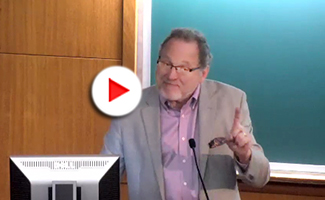Nephrotoxin Induced Acute Kidney Injury (NAKI)
Exposure to nephrotoxic medications is common in hospitalized children. Nephrotoxin Induced Acute Kidney Injury (NAKI) is an injury to the kidney which develops within 2 days of exposure to nephrotoxic medications. We have a program to monitor for the development of NAKI.
What is Nephrotoxic Induced Acute Kidney Injury (NAKI)?
- NAKI is injury to the kidney which develops within 2 days of exposure to nephrotoxic medications.
Why is NAKI Important?
- AKI leads to increased hospital stay, increased cost, and chronic kidney disease.
NAKI Prevention for Healthcare Providers
How common is NAKI?
- Over 80% of hospitalized pediatric patients are exposed to at least one nephrotoxic medication (NTMx).
- NTMx exposure is one of the most common causes of Acute Kidney Injury (AKI) in non-critically ill hospitalized children.
- Children with high NTMx exposure (IV Aminoglycosides or vancomycin for >3 days OR >3 NTMx in a single day) develop Acute Kidney Injury (AKI) 25% of the time.
Which Patients Are at Risk?
Patients who are at risk for NAKI have received any of the following:
- ≥3 NTMx in a single day
- ≥3 days of an IV aminoglycoside or vancomycin
- 2 NTMx in a single day + exposure to iodinated contrast within the preceding 7 days
View the full list of nephrotoxic medications.
How is Golisano Children’s Hospital Preventing NAKI?
- GCH is participating in a national Quality Initiative Project to prevent NAKI by identifying patients at risk and monitoring daily creatinine in those patients.
How Do We Monitor for NAKI?
- For at risk patients, pharmacists will contact covering provider and recommend serum creatinine monitoring during the exposure period and for 48 hours after the exposure stops.
- If AKI is identified, serum creatinine should be monitored daily until back to baseline for 48 hours.
What Do YOU as Prescribers Have To Do?
- Consider ordering the daily serum creatinine when recommended by pharmacy.
- Consider withdrawing nephrotoxic medications based on recommendations of pharmacy.
- Discuss possible nephrotoxicity of medication regimen on daily rounds.
Do We Have Evidence That This Initiative Works?
- After 1 year, Cincinnati Children’s observed a 42% reduction in days with NAKI per 100 days of NTMx exposure.
- This most likely resulted from earlier AKI detection and withdrawal of NTMx.
 “Integrating Acute Kidney Injury Biomarkers in our clinical management of AKI”
“Integrating Acute Kidney Injury Biomarkers in our clinical management of AKI”
A Special Pediatrics Grand Rounds presentation, August 2019
John A. Kellum, M.D., M.C.C.M.
“Integrating Acute Kidney Injury Biomarkers in our clinical management of AKI”
Professor of Critical Care Medicine, Medicine,
Bioengineering and Clinical & Translational Science Vice Chair for Research
Director, Center for Critical Care Nephrology